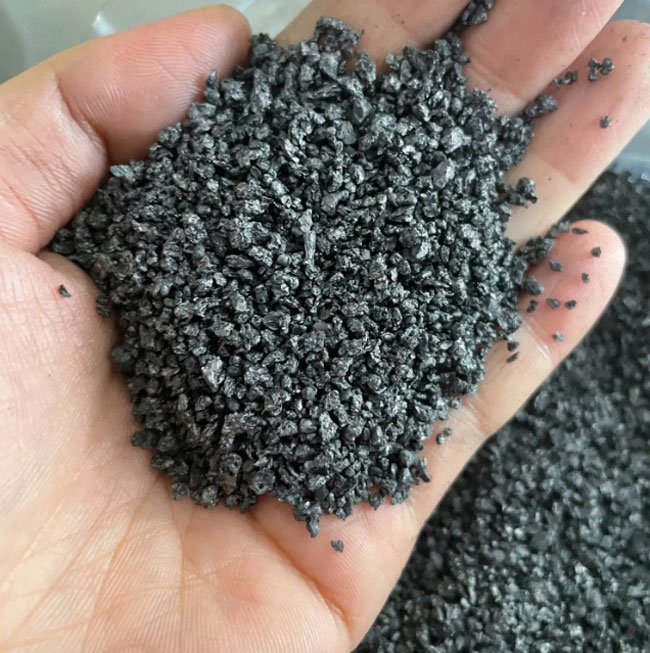
Graphitized Petroleum Coke, or GPC, is a by-product and important carbon material of the petroleum processing industry. It has unique properties that make it favored in industrial applications requiring reliable performance under high-temperature conditions. Its versatility makes it a critical raw material in industries like graphite production, steel smelting, and chemical manufacturing. GPC is usually found in granular or block form and has a silver-gray to black color. It has a high fixed carbon content, low sulfur levels, and superior absorption rates.
GPC can be produced by heating petroleum coal in a furnace of graphitization at temperatures as high as 2800degC. This complex process transforms crude petroleum coke's amorphous structure of carbon into a highly ordered graphitic structure. The resultant product is a durable, stable material which can withstand high temperatures and pressures over long periods of times without degradation. It is also a good recarburizer, as it has a low sulfur and nitrogen content.
GPC can be used to reduce slags and refractory ingots. It also helps improve casting quality and increases smelter efficiency. It can also act as a heatproof coating to protect surfaces from corrosion. GPC plays a crucial role in the manufacturing of high-temperature refractory material, providing exceptional thermal and abrasion stability.

GPC serves as a critical raw material in graphite production, smelting, and chemical processing, with different grades of the material favored for distinct applications depending on their quality. The production of ultra-high power graphite electrodes, and specialized carbon products, requires high-grade, low-sulfur cooked coke. It is a key raw material in the development of innovative electric steelmaking technology. In aluminum smelting, medium sulfur or standard cooked coke are extensively used. It is also used as a key ingredient in the production of silicon carbide and calcium carbide.
The global synthetic graphite and coke market exhibits moderate concentration with a few key producers maintaining significant market shares. These industry leaders are distinguished by their vertical integration and specialized capabilities in product development. Their comprehensive product portfolios and advanced production technologies serve a wide range of industries. Strategic partnerships are formed with steel and battery producers to develop customized materials that optimize performance and quality.
The outlook remains positive for the global graphite industry, driven by an increasing number of electric vehicles and energy-storage deployments. This increases the demand for important battery materials like high-purity graphite, which is required for lithium ion battery anodes. Clean energy initiatives are also supporting the expansion of renewable infrastructure, and therefore the demand for advanced graphite material in solar cell production. The global market for coke and graphite is expected to grow steadily in the coming years.

Write a Message